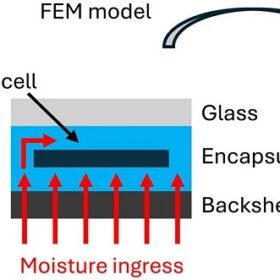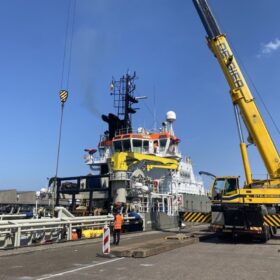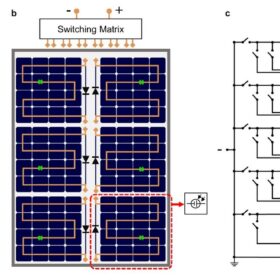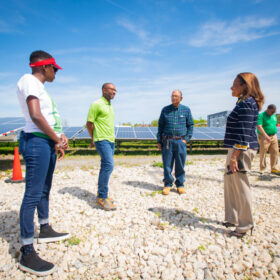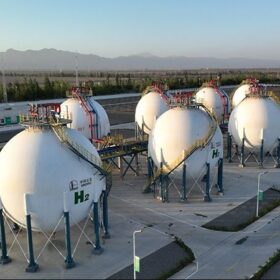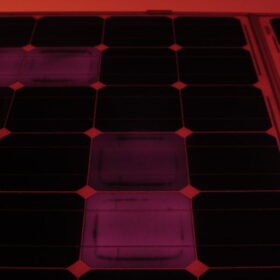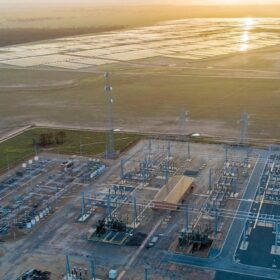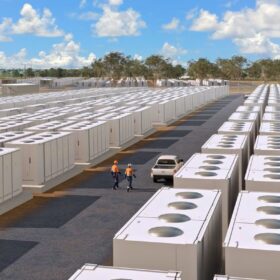New model to predict moisture ingress in photovoltaic modules
Researchers in Netherlands and Belgium have created a numerical model to simulate the moisture ingress in PV modules. Their research work showed that climate in which a PV module is installed has a much higher impact on the moisture ingress than the choice of materials for the encapsulant of the backsheet.
World’s first offshore solar-wind project moves forward
An offshore solar farm is being deployed close to an existing wind farm as part of a project in the Dutch North Sea. The developers have recently installed an anchoring system that will hold the solar farm in place while an electrical cable connects the array to a nearby wind turbine foundation.
Solar bike paths go online in Netherlands
Two new PV bike-path projects are now operating in the Netherlands under an initiative launched in 2018 by Rijkswaterstaat, the Dutch water management agency.
Reconfigurable series-parallel photovoltaic modules with high shading tolerance
TU Deflt researchers made a first attempt to validate reconfigurable solar modules using prototypes in outdoor tests. The panels consist of two or more blocks of solar cells that are connected to a switching matrix and reportedly achieve a 10.2% higher energy yield than conventional shade-resilient modules under partial shading conditions.
Message framing techniques to boost solar sales
A Dutch-German research team has tested how a series of framed messages may be used to boost PV system sales, addressing both self-interest and environmental concerns, and has found that all the proposed messages are effective at promoting the purchase of solar panel installations.
Researchers shed light on mysterious, higher energy yields in vertical PV systems
Scientists in the Netherlands have sought to understand the reason for unexpected gains in vertical PV systems and found that these installations have a much higher heat transfer coefficient than their horizontally deployed counterparts.
EV sharing to provide stationary storage services via V2G tech
We Drive Solar and MyWheels have announced plans to transform the Dutch city of Utrecht into the world’s first municipality with a “neighbourhood battery on wheels.” The system will feature 25 Ioniq 5 vehicles equipped with vehicle-to-grid (V2G) tech from Hyundai Motor.
Breaking through ‘status quo bias’ with co-designed solar power plants
A group of Dutch researchers assessed the impact of including stakeholder input in the design process of solar power plants. It found that a co-designed approach may help counter the resistance of local inhabitants and result in more positive evaluations of the project.
The Hydrogen Stream: China starts world’s biggest solar-to-hydrogen site
China’s Sinopec has switched on the world’s largest solar-to-hydrogen project in Xinjiang, while India has unveiled a new plan to incentivize green hydrogen and electrolyzer production.
Thirty years of photovoltaic module degradation
Scientists in Europe have put together a comprehensive guide to PV module degradation, examining literature and case studies on the topic as far back as the 1990s. Their paper details the primary stress factors faced by modules in the field, the most common modes of degradation and failure, and provides clear definitions relevant to reliability, quality and testing standards. Among their key findings is that a full understanding of how combinations of different stresses over varying timeframes is still missing from methods to estimate and improve system reliability.
